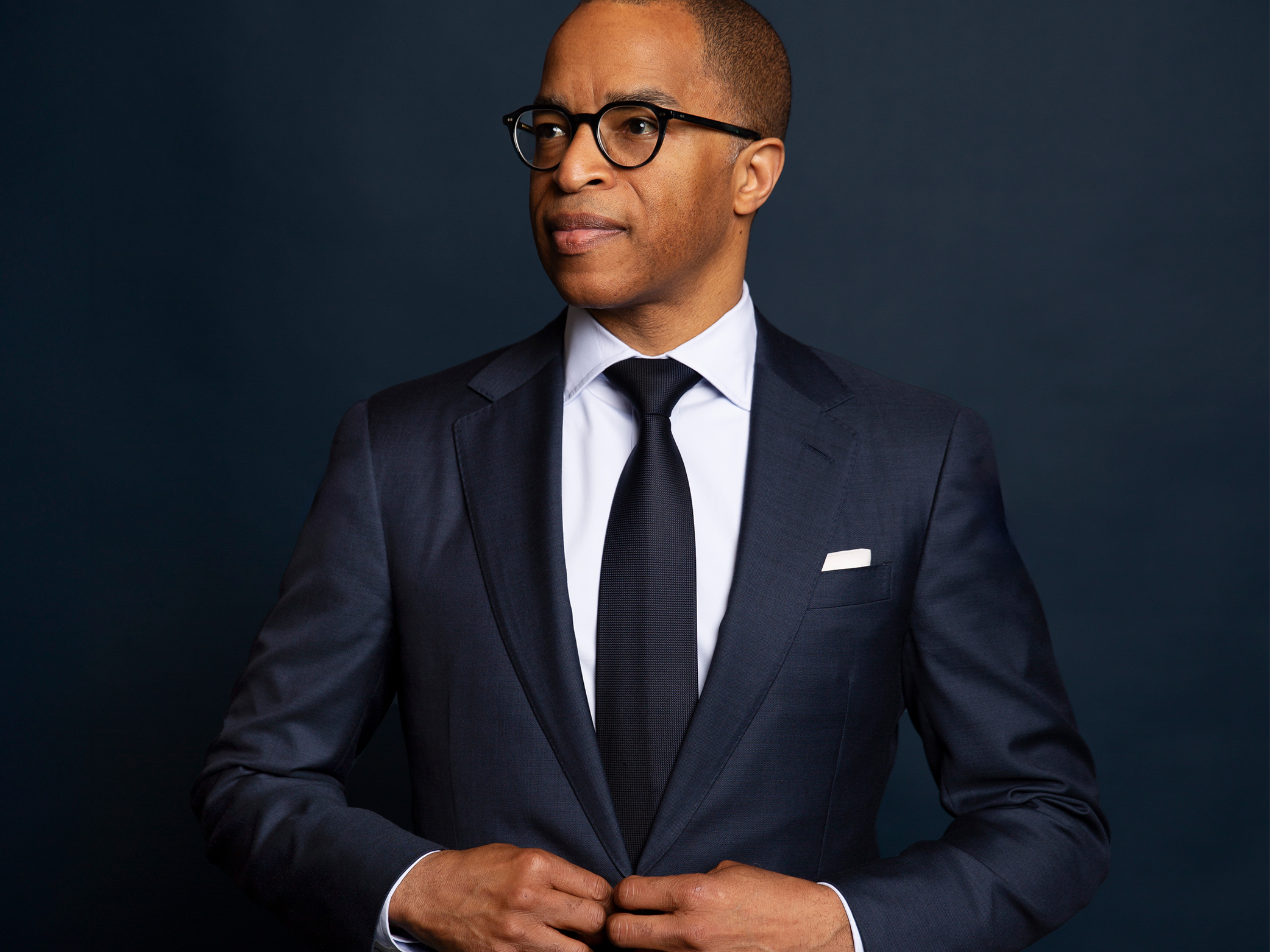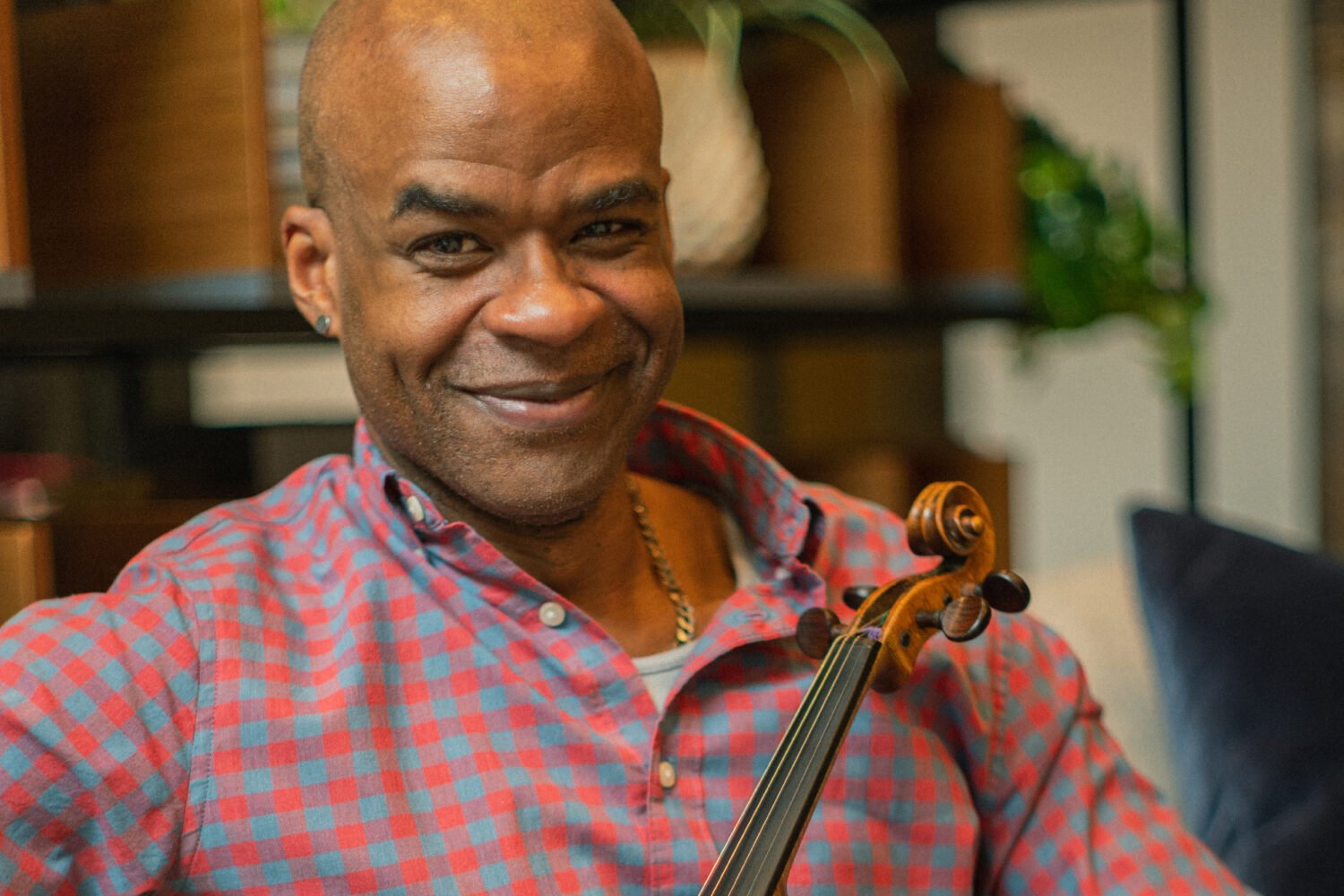In June, Arena Stage Artistic director Molly Smith became the latest titan of DC theater to announce her retirement, following Joy Zinoman, Michael Kahn, and others who helped build one of the country’s most fertile theater scenes. Smith’s big idea was to focus Arena’s creative efforts on American work, which made it an ideal spot to launch Dear Evan Hansen and other plays and musicals that went to Broadway and beyond. In addition to everything else that goes into being the artistic director of a major theater, she has found time to direct more than 30 works herself.
We spoke with Smith in the Mead Center for American Theater, the $135 million 2010 upgrade to Arena Stage that she spearheaded and that has been a catalyst for redevelopment in Southwest DC. Now, having helped reshape Washington’s arts community, Smith plans to depart Arena Stage next July. “It’s time,” she says, “to pass this big baton to somebody else.”
You arrived in Washington—having previously founded and led a theater in Alaska—in 1998. What was Arena like when you started there?
The search committee said to me, “When Arena started in 1950, it was the only theater here. Now there are 80 theaters. How would you differentiate what Arena Stage is?” I said I would either look at it as a great international theater or I would focus on American plays—because this is a crossroads in the United States where we come to discover: What does it mean to be American? They said, “What would you choose?” I said, “No question, American work.” People thought in the beginning that it would be too narrow. I mean, [American theater is] as diverse as this country. We tell America’s stories.
In fact, Arena has added to the canon of American works.
That’s right. Almost half of what we do is first, second, or third productions and new work. The new plays that we’ve done have gone on to 150 productions around the United States. There have been eight or nine productions that have gone on to Broadway. Some, like Dear Evan Hansen and Next to Normal, have been huge successes.
That sounds like a pretty cool job. Why leave it?
Because I’ve done just about everything I wanted to do. I opened this new center—spent 12 years of my blood, sweat, and tears working on it. And there’s something about 25 years. It just feels like, okay, I basically finished my work.
Will you be involved in the search for your replacement?
I’ll be involved, I’m sure, toward the end. I’d love to have a crossover time period so I can support them coming in and introduce them to people.
Did you have that when you started? Your predecessors helping you find your feet?
Yeah. The first time I met with [Arena cofounder] Zelda Fichandler, she sat down with me with her piercing eyes and said, “If you take this job, you will be working 24-7.”
Working 24-7? That sounds kind of terrible.
I think she was trying to underscore how difficult the job was, but she didn’t scare me. Because I’d already run a theater company for 19 years in Alaska [Perseverance Theatre in Juneau]. I knew how all-consuming it is. That’s part of the beauty of theater: Every day, I feel like every single part of me is used up—my brainpower, my spirit, my heart, my emotions.
What’s your relationship like with other DC theaters?
I mean, there’s competition in terms of audience and things like that. But in general, we support each other by talking about common problems. We meet on a monthly basis and discuss issues that have to do with Covid: bringing audiences back, relationships with artists, programming choices. You don’t find that in a lot of theater cities.
How do you balance the creative and administrative aspects of your job?
Every morning from 9 to noon, I focus on the administrative part of the theater, and then I spend noon to 6 in rehearsal. People often think choosing a season is all an artistic director does. It’s actually a smaller part of your job than everything else.
That is surprising.
I work with an artistic team of people. We probably look at 50 or 60 projects a year. Some of the plays come in from agents, some come in from audience members, some come in from staff members, some come in from artists we’ve worked with before. We also do coproductions with people or we present plays that come in from other theater companies. Plus, sometimes we’re working commercially.
What does that mean?
That means a commercial producer will team up with a not-for-profit theater and produce a show first before taking it into New York. It can be a safe haven for a production. And then there can be remuneration that comes into the organization for years afterward if it goes well.
Does Arena still have a piece of Dear Evan Hansen now that it’s a film?
Not the film, but the production for the years that it was on Broadway.
That’s a good deal. Though I suppose in any creative endeavor, people only talk about things that worked really well.
Exactly, exactly. What is it—three out of ten productions that go to Broadway actually make their initial investment back? So that means seven don’t. And then probably one out of ten or one out of 20 really do well financially.
A 2020 open letter to theater leaders, called “We See You, White American Theater,” prompted a lot of soul-searching in your field. How did Arena respond to it?
I thought it had a lot of really important ideas. One had to do with paying interns and fellows a living salary. We’d always paid our fellows a salary, but it wasn’t enough. So we changed that. There were also ideas that had to do with always having intimacy coaches in productions, which we thought was really important. Ideas about diverse programming and bringing in diverse artists—that wasn’t anything new for us.
For a long time in American theater, women and people of color got rolled up into one group of underrepresented voices. Do you think that’s still a useful way of looking at representation?
Twenty-five years ago, there were probably only three or four women who were heads of large theaters. It’s changing now. Women have been sitting on the sidelines for so long that when they get into these positions of influence, they usually have a lot of great ideas and are able to do wonderful things. It’s true of artists of color as well, and a number of artists of color are now moving into these positions as artistic directors. So it’s a very exciting time.
We actually love it when audiences talk back to the actors—we love it when our audiences are enthusiastic.
One of them, Oregon Shakespeare Festival artistic director Nataki Garrett, has argued that the unwritten rules of theater attendance are keeping new audiences away—shushing them when they respond to what’s happening onstage, for instance.
You know, when I came into Arena, one of the things I did is I walked a lot of the neighborhoods in Washington, DC. I went to Episcopal churches, I went to Baptist churches. One of the things that I saw in the Baptist church is a whole usher structure where people were welcoming people into the church.
Theaters are seen as elitist. We changed our usher structure so that as people come into the theater, they’re welcomed all the way through. We actually love it when audiences talk back to the actors—we love it when our audiences are enthusiastic.
Artists love to come to Arena for a lot of reasons. One of them is because this is the smartest audience in the country. It’s an audience that understands nuance. It’s an audience that is able to take in just about any kind of play, which is rare.
Has it been your job to give Washington audiences what they expect?
We have challenged them a number of times in the past. We brought in projects like Elephant Room. The audience was very quizzical. But I actually liked that. I think that, more and more, audiences have gotten a taste for new work. And there are more audience members who are interested in political work.
I was surprised how well, for example, the play The Originalist, about Antonin Scalia, went over, especially in a roomful of people who would know if you got something wrong.
You could be sitting next to somebody who had clerked for Roberts, who had clerked for somebody else on the Supreme Court. So you have to make sure that you’re doing it correctly.
It’s a city of fact-checkers.
That’s exactly right.
What do you think is your legacy here?
We’re sitting in it. And all the American stories that we’ve done. It was the creation of Arena Stage at the Mead Center for American Theater that really cemented this idea [of focusing on American theatrical work]. It hasn’t aged since we opened it 12 years ago. It’s gorgeous—one of the most beautiful buildings in the city.
I have a friend who works in the theater who always makes sure he keeps jumper cables in his car because actors’ cars break down a lot. Do you make any similar provisions?
Well, this [motions to the other side of the room] is a fainting couch. I often will have playwrights or directors in here that throw themselves on the fainting couch, cry about what’s happening, or tell me their troubles.
You must be pretty good at talking people through crises.
Well, I have a fainting couch.
This article appears in the August 2022 issue of Washingtonian.




















